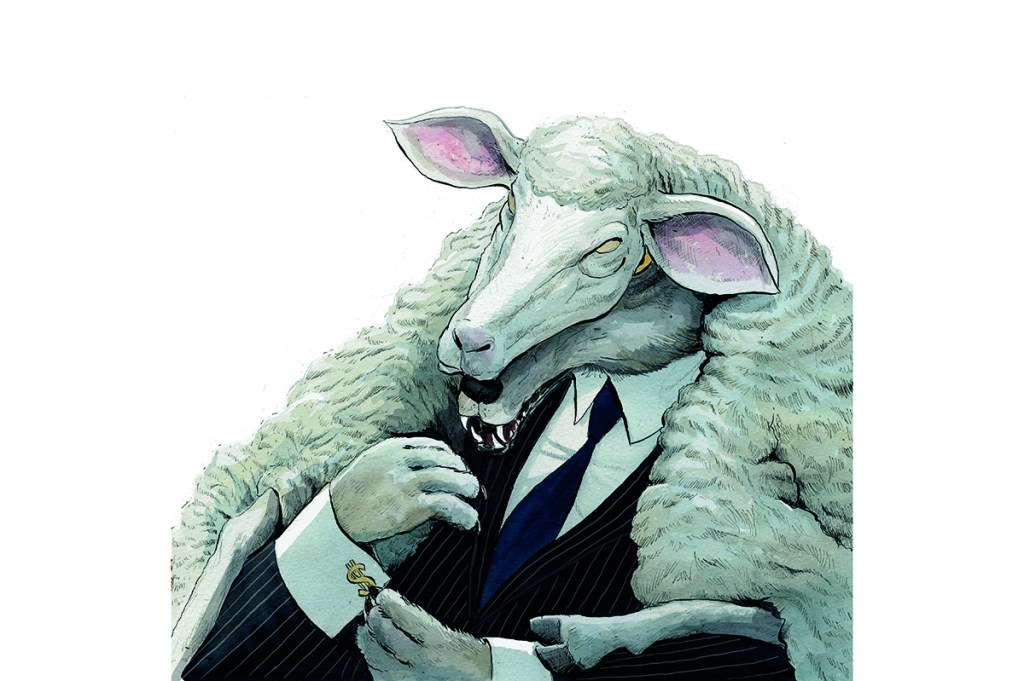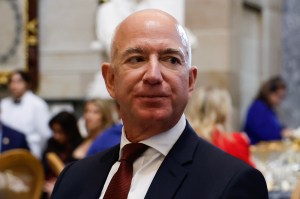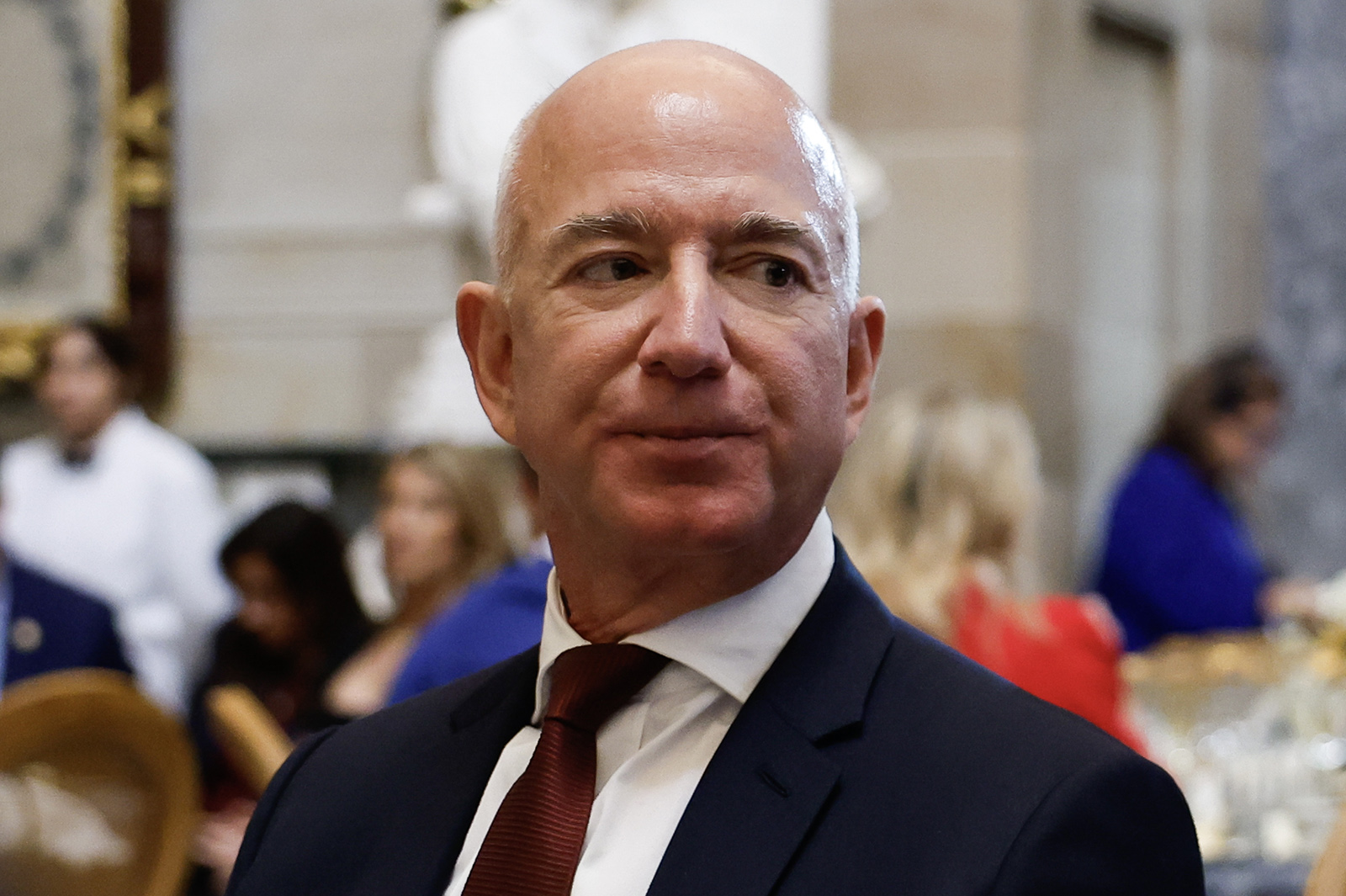In 1889, Andrew Carnegie, one of the most ruthless industrialists in American history, wrote an essay entitled “The Gospel of Wealth,” which became the moral playbook for the oligarchs of his time on what to do with their fortunes. Carnegie was determined to overcome his reputation as a “robber baron” by becoming one of the greatest philanthropists who ever lived. The “man of wealth,” Carnegie wrote, should “consider all surplus revenues which come to him simply as trust funds, which he is called upon to administer… in the manner which, in his judgment, is best calculated to produce the most beneficial results for the community.” By pledging it all to posterity, he believed he could transform the fortune he had amassed from a totem of private avarice to a monument of civic virtue.
Following his example, the magnates of the Gilded Age turned philanthropy into both a moral crusade and an industry in its own right. John D. Rockefeller, founder of Standard Oil, had a full-time adviser to disburse his fortune, with which he founded the University of Chicago, among other institutions. The banker J.P. Morgan gave liberally to hospitals, museums and the Episcopal church; it was his gift that allowed New York’s Metropolitan Museum to amass one of the greatest collections in the world. Carnegie gave away hundreds of millions of dollars establishing dozens of institutions in his name, including the Carnegie Endowment, Carnegie Hall and Carnegie Mellon University. Even before Carnegie had written his treatise, Leland Stanford, Matthew Vassar, Ezra Cornell and Cornelius Vanderbilt had founded colleges and universities in their names.
Perhaps the most important tenet of Carnegie’s philosophy of giving was that it must all be done before the donor’s death. In a private letter, he chastised fellow tycoon John Jacob Astor III for bequeathing his fortune to an heir instead of giving it to the Astor Library. “The man who dies thus rich,” reads the conclusion of The Gospel of Wealth, “dies disgraced.”
One hundred and twenty years later, forty of the richest people in America signed a pledge to give all their wealth to charity during their lifetimes. Echoing Carnegie’s conviction that passing one’s vast estate to one’s children is an act of “misguided affection” and that “it is not well for the children that they should be so burdened,” Bill Gates, one of the Giving Pledge’s originators, explained that “it’s not a favor to kids to have them have huge sums of wealth, because it distorts anything they might do, creating their own path.” These billionaires aren’t interested in establishing dynasties; they’re concerned with fixing the world’s problems.
As in the late nineteenth century, so in our so-called Second Gilded Age: this philanthropic impulse among the magnates of the digital era has birthed a colossal industry in charitable giving. From Justin Moskovitz and Cari Tuna’s Open Philanthropy ($8 billion) to Mark Zuckerberg and Priscilla Chan’s Chan Zuckerberg Initiative ($45 billion) to MacKenzie Scott ( $17 billion), signers of the Giving Pledge are inundating charities with cash. Only this time, instead of universities and museums and symphony halls, it’s the NGO sector that is serving as the beneficiary of and reagent for these alchemical financial transformations. And instead of Carnegie’s “Gospel of Wealth,” their moral doctrine is the philosophy of Effective Altruism.
Sam Bankman-Fried was also a signer of the Giving Pledge. His fraudulence was unique; there’s no reason to believe the other signers are insincere. But nor was his con game entirely alien to the values espoused by the culture of philanthropy that he and Gates and Moskovitz and the other humanitarian billionaires champion. Bankman-Fried strategically deployed his charitable giving to obscure the amorality of his wealth-generating activities — a tactic shared by Carnegie more than a century before him. And whether he genuinely cared about changing the world or not, he helped build the edifice through which he and his fellow fat cats could unilaterally do so, circumventing the tedium and incrementalism of democracy.
Effective Altruism is an ethical philosophy and social movement that aims to maximize the reduction of suffering in the world by enlisting people to give as much of their incomes as possible to charities with the most empirically demonstrated impacts. Its moral precepts are arguably even more cynical than Carnegie’s. The biggest moral failing of Carnegie’s philanthropy was his unadulterated paternalism. Carnegie believed that, in his charitable giving, he brought to the masses “his superior wisdom, experience, and ability to administer, doing for them better than they would or could do for themselves.” A few years after writing “The Gospel of Wealth,” Carnegie gave the go-ahead to send Pinkerton detectives to break a strike at his Homestead steel mill in Pennsylvania. The raid resulted in a bloody battle that left a dozen people dead. Only Carnegie’s elitism allowed him to reconcile his violent hostility to his own workers with his enlightened concern for human wellbeing. Giving directly to the poor, he believed, whether in the form of charity or higher wages, was a waste of resources; better to allow wise, wealthy men to invest in the institutions that would do better for the common man than the common man knew to do for himself.
Effective Altruism can’t be accused of harboring a similar condescension. It is more libertarian; direct payments to poor people are its favored form of philanthropy. But it can be accused of turning the morality-laundering innovation of Andrew Carnegie into a pseudoscience. Not only do Effective Altruists fail to turn a critical eye toward how donors amass their wealth in the first place, whether it’s through industrial exploitation or financial manipulation; in their myopic instrumentalism, they actively encourage people to pursue lucrative careers to enable them to give away more absolute amounts of money to charity. Carnegie may have felt compelled to justify economic inequality (“it’s a waste of time to criticize the inevitable,” he wrote), but he didn’t portray amassing wealth as itself a charitable act. Many Effective Altruists do. This almost cartoonishly transactional view of philanthropy invites moral hazard. Bankman-Fried accepted that invitation.
Like Carnegie’s philanthropic philosophy, Effective Altruism is ultimately rooted in saviorism. It’s a top-down view of social change, appropriate for those who are accustomed to recreating the world in their own image from the perches of their high-status professions. It encourages high-net-worth individuals to use their wealth to impose their moral convictions upon the world, whether the world likes it or not.
When Warren Buffett joined Gates’s Giving Pledge, he compared his generosity to that of ordinary people, insisting, with conspicuous humility, that his gifts were less of a sacrifice than theirs:
Millions of people who regularly contribute to churches, schools and other organizations thereby relinquish the use of funds that would otherwise benefit their own families. The dollars these people drop into a collection plate or give to United Way mean forgone movies, dinners out, or other personal pleasures. In contrast, my family and I will give up nothing we need or want by fulfilling this 99 percent pledge.
It’s a big-hearted sentiment, but it leaves out a huge difference between what billionaires like Buffett are doing and what regular people do. When a family dentist cuts a $100 check to Doctors Without Borders, he doesn’t get to weigh in on where they send their medics next, or how they budget their money.
But the whole point of the Bill and Melinda Gates Foundation, to take just one example, is to shape how charities deliver their services. The Gates Foundation speaks openly of its role as a market maker, filling the gap between the public and the private sectors. It funds the infrastructure for specific policy interventions that it identifies, such as the proliferation of charter schools. The Chan Zuckerberg Initiative has pushed its education technology tools on school districts, to the surprise and consternation of parents of students enrolled in them. George Soros is trying to decriminalize drugs through his Drug Policy Alliance. The Ford Foundation is pushing to end cash bail and has funded local groups that defunded police departments. The Knight Foundation is supporting organizations committed to combating “misinformation,” which is to say, it is developing tools and practices for digital censorship. Whether you favor these policies or oppose them, these are exercises of political power and influence wielded outside of the democratic process, in a way that financing a college or a hospital or a museum collection are not.
Even more than during the Gilded Age, Big Philanthropy today isn’t an atonement for the social and political influence of billionaires; it’s an extension of it. By strategically spending their vast fortunes on commandeering and expanding the private nonprofit sector, the ultra-rich have developed the means to put their stamp on the world directly, bypassing the formal political process that gives the rest of us a voice. And by reducing social change to merely amassing and donating money, Effective Altruism has helped legitimate this privatization of the public good, to the benefit of those with the biggest family foundations. The industrial titans of today aren’t all that different from those of Carnegie’s time. They’ve just gotten better at pretending.
This article was originally published in The Spectator’s January 2023 World edition.

























